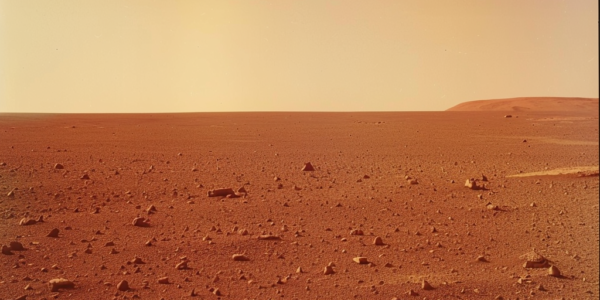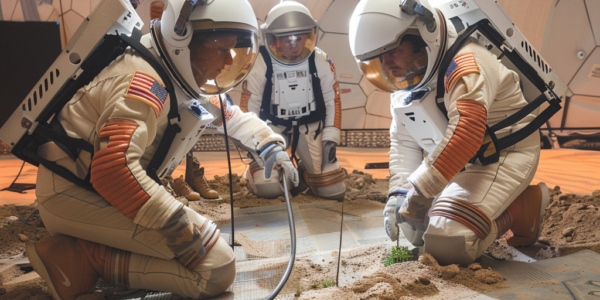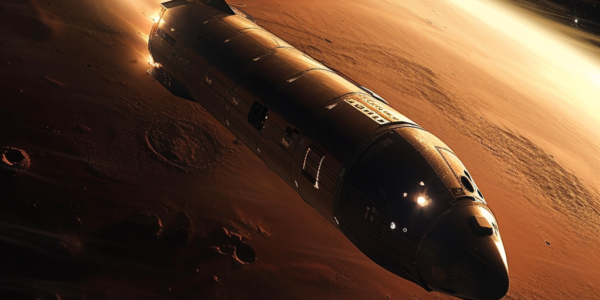Challenges of Colonizing Mars: Beyond Rocket Science
The dream of colonizing Mars faces significant hurdles, including the logistics of long-duration space travel, psychological challenges for astronauts, and the harsh Martian environment. Experts like Mark Fischer emphasize the need for self-sufficiency during the journey and the importance of addressing mental health issues in isolation. As we explore Martian colonization, a multifaceted approach is crucial for ensuring human survival and well-being on the Red Planet.
SpaceX Plans Ambitious Mars Missions with Starship by 2026
SpaceX is set to launch its Starship rocket on uncrewed missions to Mars starting in 2026, with the goal of establishing a human presence on the Red Planet by 2030. Elon Musk emphasizes the importance of these missions for testing landing reliability and advancing humanity’s goal of becoming a multiplanetary species. The innovative Starship, designed for full reusability, promises to revolutionize space travel and make Mars colonization a reality. Stay updated on SpaceX’s groundbreaking plans for Mars exploration.
NASA Volunteers Wrap Up Year-Long Mars Simulation Mission
NASA’s Mars simulation mission volunteers are set to return after 358 days on the Red Planet. The CHAPEA mission aimed to replicate challenges of future Mars missions, providing valuable insights for human exploration. Success of the mission paves the way for future simulations to support astronauts during actual Mars missions, shaping the future of space exploration.
Carl Sagan’s Cryptic Message for Future Mars Astronauts
Astronomer Carl Sagan left a cryptic message for future humans on Mars before his death in 1996. The message, pondering the reasons for human presence on Mars, was sent to the Red Planet aboard NASA’s Phoenix lander and arrived in 2008. Sagan’s message serves as a reminder of humanity’s enduring fascination with Mars and ongoing efforts to explore and understand the mysteries of the Red Planet.
SpaceX’s Super Heavy-Starship rocket completes third test flight
SpaceX’s Super Heavy-Starship rocket completes successful test flight, reaching space and experiencing peak heating before breaking apart during descent. Despite the mishap, company officials see the flight as a major step forward and believe the data collected will help improve performance for the next test flight.
NASA Seeks Applicants for Simulated Mars Surface Mission
NASA is seeking applicants for its next simulated one-year Mars surface mission, CHAPEA, to help inform plans for human exploration of the Red Planet. The mission involves a four-person volunteer crew living and working in a 3D-printed habitat, simulating challenges of a mission on Mars. Applicants must be healthy, motivated U.S. citizens or permanent residents, 30-55 years old, and proficient in English. Compensation is available for participants. These missions provide important scientific data to validate systems and develop solutions for future missions to Mars.
NASA Requests Private Space Companies for Mars Missions
We are one step closer to a private, for-profit, libertarian utopia on Mars as NASA’s Jet Propulsion Laboratories has requested private space companies to outline how they would complete one of four different missions to the Red Planet, as reported…







